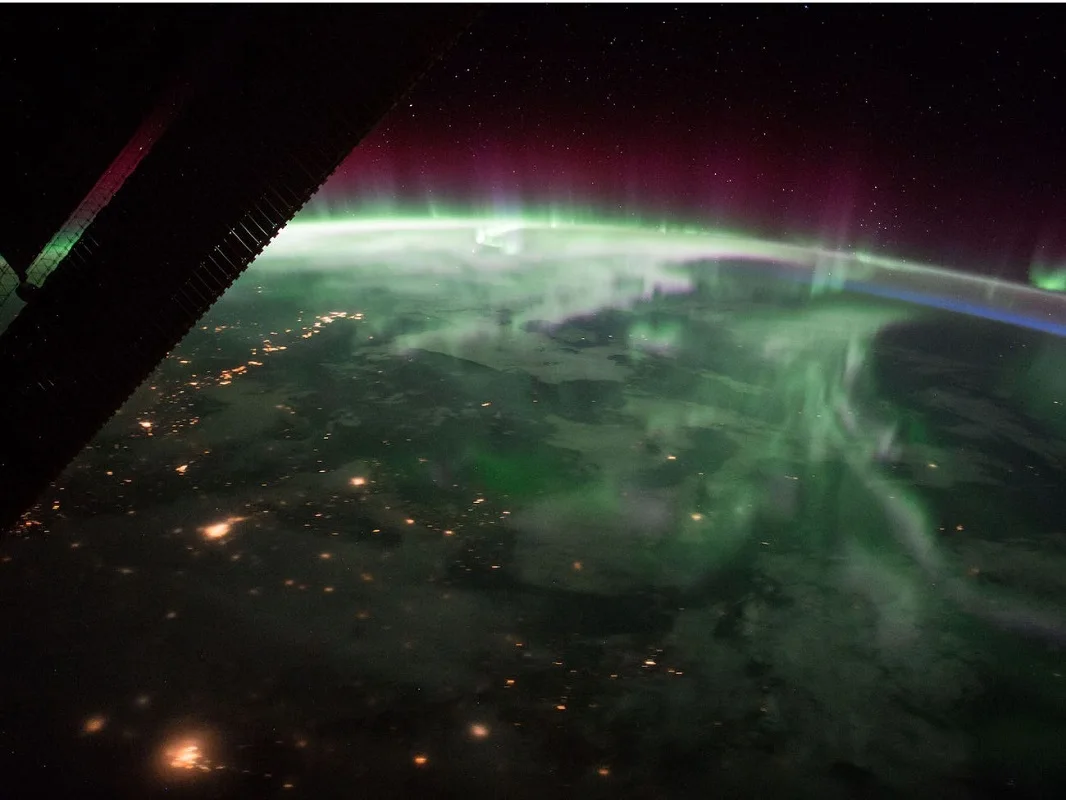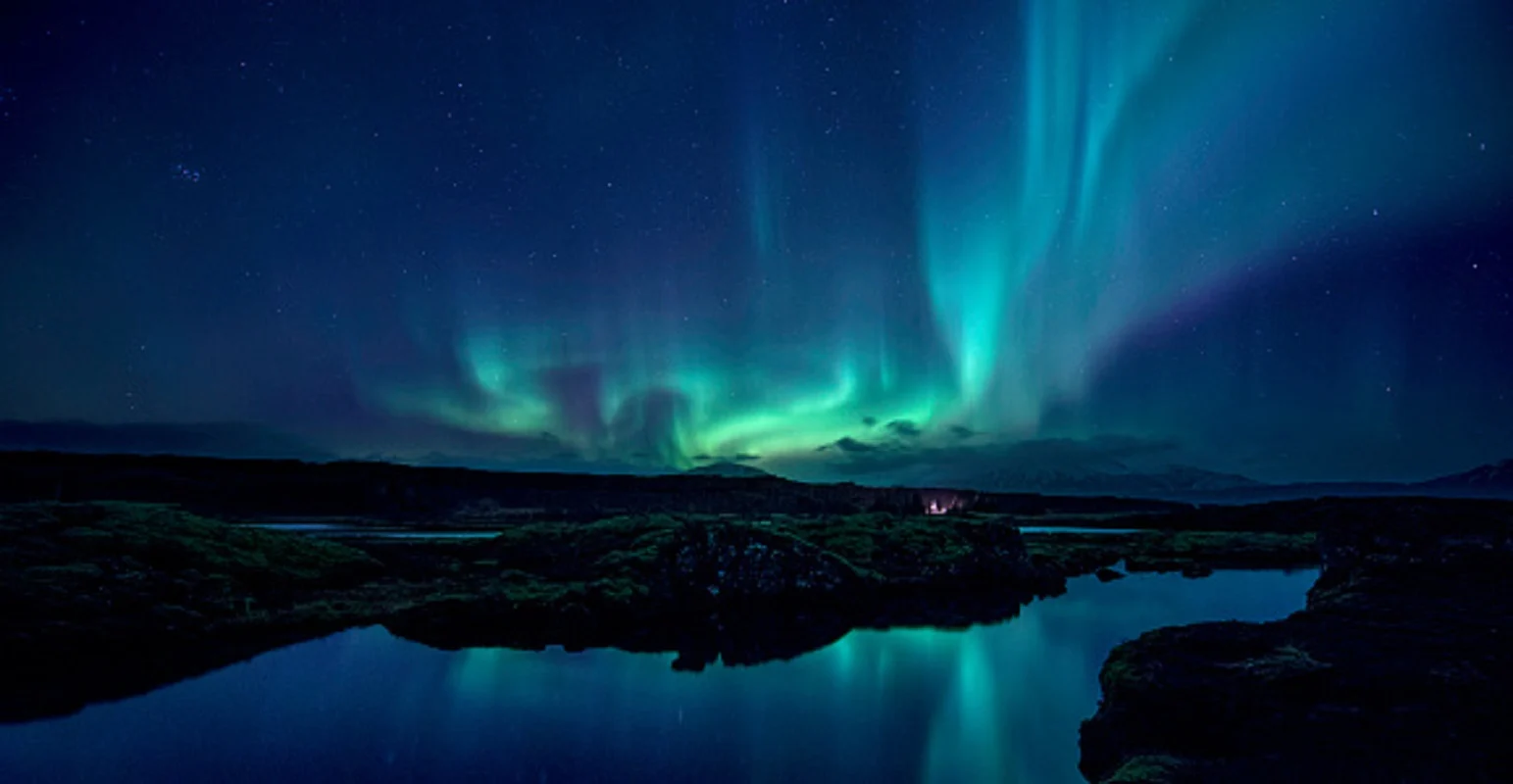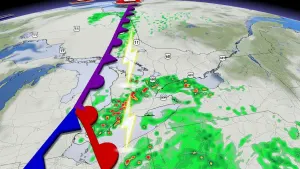
Puzzling 'crunch' in Earth's magnetic field produces new type of aurora borealis
The discovery was made by a physics student, who is interning with NASA
An unusual 'crunch' in the planet's magnetic field has led to the discovery of a new type of aurora borealis.
Jennifer Briggs, a physics student at Pepperdine University, recently found the new aurora classification in three-year-old video footage of the Arctic sky, with help from NASA scientists and a satellite. She was able correlate the strange aurora with a sudden retreat in Earth's magnetic field -- the first time scientists have witnessed the northern lights caused only by a compression of the field.
Typically auroras stream across the sky when a lot of high-energy particles from the sun, known as solar wind, swamp over Earth. But in this instance, there were no solar eruptions that would have caused the magnetic field to suddenly crunch inward.
DISCOVERY CAN'T EXPLAIN THE 'CRUNCH'
Researchers are unable to explain why this magnetic crunch happened, but it may have been from an "unprecedented storm" in the area where Earth's magnetic field meets particles from the sun. To add more to the mystery, no one knows the source of the storm or why it forced Earth's magnetic field to decrease in size so suddenly and rapidly.
READ MORE: DECADE IN REVIEW: The top 10 Space stories of the past 10 years_
"This motion is something that we've never seen before," Briggs said in a recent press conference . "This eastward and then westward and then spiraling motion is not something that we've ever seen, not something we currently understand."

Northern lights reflecting in the pools over the Silfra Rift in Iceland. A church can be seen illuminated in the middle distance. Photo: Getty Images.
When this aurora occurred, a NASA satellite located a sizable condensing in Earth's magnetosphere the moment the lights started to spiral. In under two minutes, the edge of the magnetosphere moved beyond the satellite, toward Earth's surface, shifting by about 25,000 kilometres, according to Briggs --four times the planet's radius.
To put this into perspective, it would take a commercial jet about 27 hours to fly that distance.
"You can imagine someone punching Earth's magnetic field," Briggs said. "There was a massive, but localized compression."
TIME LAPSE: AURORA FLASHES BRILLIANTLY ACROSS THE NIGHT SKY
The bright and colourful lights that an aurora displays are a result of collisions between electrically-charged particles from the sun and gases in Earth's atmosphere, such as nitrogen and oxygen.
Normally, Earth's magnetic field diverts these charged particles, but it is weaker at the planet's poles. This allows for some particles to sneak through, creating the aurora borealis near the North Pole and the aurora australis adjacent to the South Pole.
Although northern lights are picturesque, the sudden dash of charged particles can interupt electronic communications, confuse GPS, move satellites out of orbit, endanger astronauts and even eliminate power grids if the eruption is large enough.










